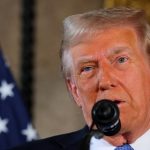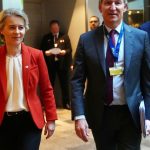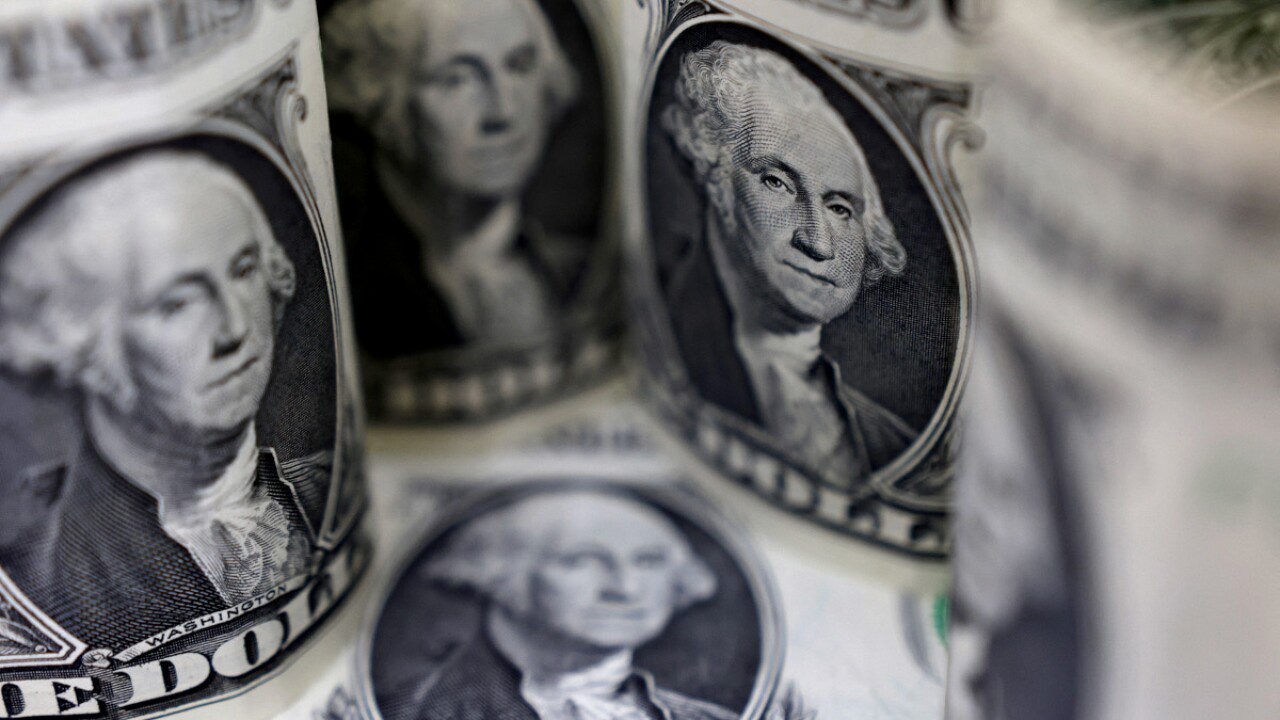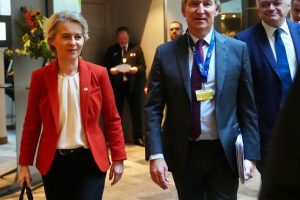Weak consumer spending offset a series of upbeat data this month, which had outlined the outlook for a resilient economy.
“Recent stagnation in consumer spending and somewhat better inflation news validates the Federal Reserve’s decision to skip a meeting this month, although lingering core price stickiness is likely to warrant another slowdown in July,” Sal said. Guatieri, chief economist at BMO Capital Markets.
Consumer spending rose 0.1% last month. Data for April was revised down to show spending accelerating to 0.6%, instead of the previously announced 0.8%.
Economists polled by Reuters had forecast that consumer spending, which accounts for more than two-thirds of US economic activity, would rise 0.2%.
Spending on goods fell 0.5%, with a 23.3% plunge in spending on motor vehicles. Spending on gasoline and other energy goods plummeted 23.4%, largely reflecting lower prices at the pump.
Services spending increased 0.4%, driven by healthcare, transportation, housing and utilities, as well as financial services and insurance. Spending on services increased 0.5% in April.
Adjusted for inflation, consumer spending was unchanged after rising 0.2% in April.
The stagnation of so-called real consumer spending last month means that consumer spending eased sharply in the second quarter after rising at its fastest pace in almost two years in the months of January through March.
Strong consumer spending contributed to the economy’s 2.0% annualized growth pace last quarter, defying fears of a recession due to sharp rate hikes by the Federal Reserve.
However, the economy is likely to have continued to advance in the second quarter, with strong growth in employment, home construction and orders for long-lived manufactured goods, and a narrowing of the goods trade deficit in May.
Consumer spending continues to be supported by strong wage increases in a tight job market.
Personal income increased 0.4% last month, and wages 0.5%. The slowdown in inflation increases the purchasing power of consumers. The savings rate rose to 4.6% from 4.3% in April.
The personal consumption expenditures (PCE) price index increased 0.1% in May, after rising 0.4% in April. In the 12 months through May, the PCE price index advanced 3.8%. This is the lowest annual rise since April 2021, after the 4.3% rise in April.
Excluding the volatile food and energy components, the PCE price index gained 0.3% after rising 0.4% the previous month. The so-called core PCE price index increased 4.6% annually in May, after advancing 4.7% in April.
The Federal Reserve tracks PCE price indices to reach its 2% inflation target.












